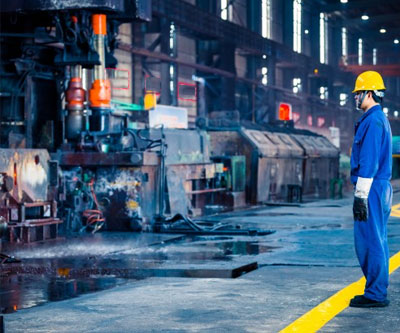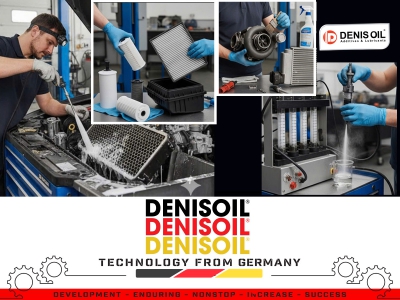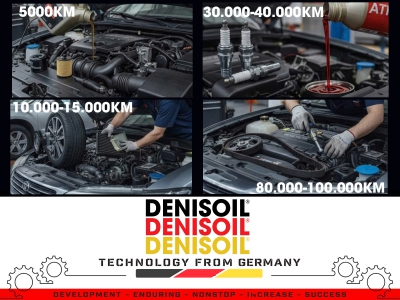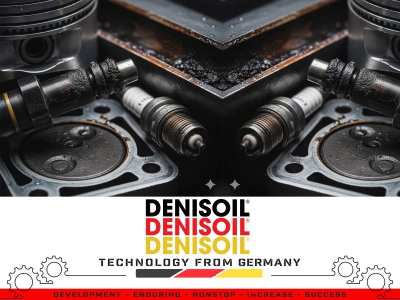1. Definition & Importance
Bearings are mechanical components that support and guide rotating shafts, reducing friction between contact surfaces. The lubrication system provides a film of oil or grease between sliding/rolling surfaces to:
- Reduce friction → minimize energy loss.
- Reduce wear → extend bearing life.
- Dissipate heat → prevent overheating and metal deformation.
- Prevent corrosion → protect surfaces from moisture and chemicals.
- Reduce vibration and noise.
2. Bearing Types and Lubrication Requirements
2.1 Plain Bearings (Journal Bearings)
- No rolling elements; shaft slides directly on the bearing surface.
- Mainly lubricated with oil (liquid lubrication).
- Requires a continuous hydrodynamic oil film to avoid metal-to-metal contact.
2.2 Rolling Element Bearings
- Equipped with balls, rollers, or needles; lower friction than plain bearings.
- Can be lubricated with grease or circulating oil.
- Lubricant film must be thin enough to not hinder rolling, yet protective.
3. Bearing Lubrication Principles
3.1 Lubrication Regimes (Stribeck Curve)
- Hydrodynamic Lubrication – full fluid film, no metal-to-metal contact.
- Mixed Lubrication – partial surface contact, partial separation by oil.
- Boundary Lubrication – very thin oil film; EP/AW additives protect surfaces.
4. Selecting Oils and Greases
4.1 Selection Criteria
- Viscosity: Match speed and load. ISO VG classification (ISO 3448) is common.
- Operating Temperature: Choose mineral or synthetic oil accordingly.
- Load Carrying Capacity: Refer to ASTM D2783 (Four-ball EP test).
- Oxidation & Corrosion Resistance: ASTM D943, ASTM D665.
- Material Compatibility: Must not damage seals or bearing linings.
4.2 Lubricating Oils
- Mineral Oils – economical, widely used.
- Synthetic Oils (PAO, Ester, PAG…) – high temperature resistance, long service life.
- Food-grade Oils (NSF H1) – for food processing equipment.
4.3 Lubricating Greases
- Lithium and Lithium Complex – general-purpose.
- Polyurea – high temperature, long life.
- Calcium Sulfonate Complex – excellent water resistance and corrosion protection.
5. Lubricant Supply Methods
5.1 Oil Supply
- Oil Bath
- Oil Mist
- Oil Circulation
- Drip Feed
5.2 Grease Supply
- Manual Grease Gun
- Automatic Grease Dispenser
6. Related International Standards
- ISO 281 – Rolling bearing life calculation.
- ISO 3448 – Viscosity classification.
- ISO 15243 – Bearing damage classification.
- DIN 51825 – Grease classification.
- ASTM D445 – Kinematic viscosity measurement.
- ASTM D3336 – Grease life test for ball bearings.
7. Common Lubrication-related Failures
|
Symptom
|
Cause
|
Solution
|
|
High temperature
|
Incorrect viscosity, insufficient oil
|
Select proper ISO VG, check oil level
|
|
Rapid wear
|
Oil film breakdown
|
Increase oil supply, use EP/AW additives
|
|
Rust
|
Water contamination, poor corrosion protection
|
Use anti-rust additive oils
|
|
Vibration/noise
|
Contaminated lubricant, damaged rollers
|
Filter oil, replace grease regularly
|
8. Maintenance & Condition Monitoring
- Monitor operating temperature (infrared thermometer).
- Regular lubricant analysis (ISO 4406, ASTM D5185).
- Vibration analysis for early fault detection.
- Schedule lubrication according to OEM recommendations.
9. Technical Recommendations
- Always select lubricants as per bearing and machine OEM.
- Maintain lubricant cleanliness to minimize wear.
- Avoid mixing incompatible greases.
- Train maintenance staff on proper lubrication practices.
 Tiếng Việt
Tiếng Việt
 Chinese
Chinese
 English
English







